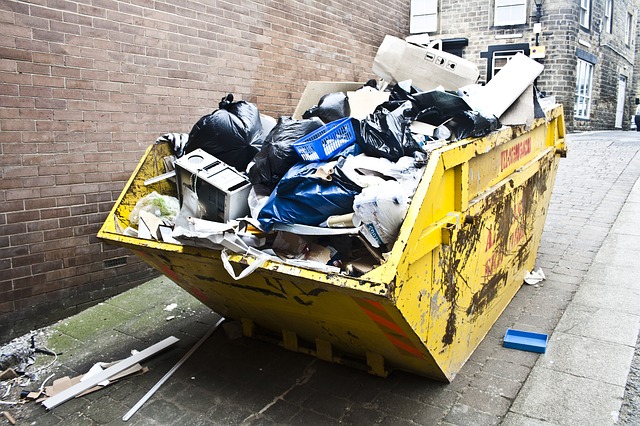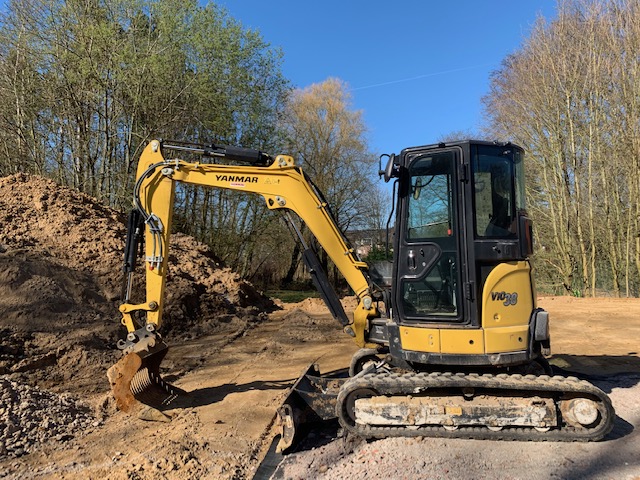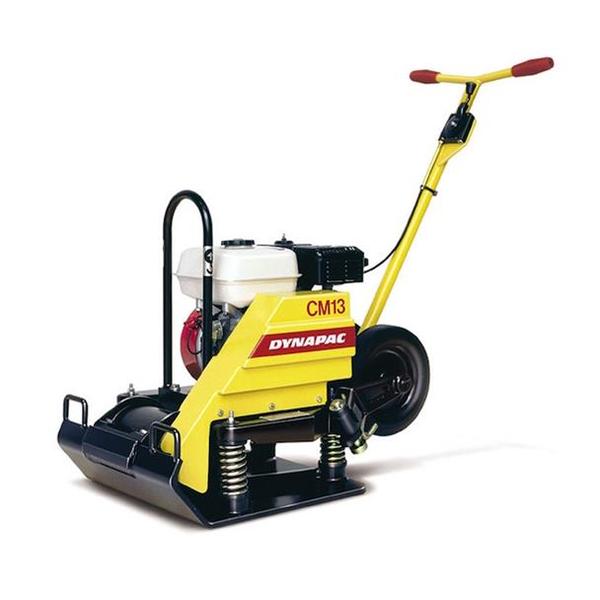Skip hire

A skip is a metallic open container (from small 2-yard up to 40-yard RoRo skips) used for collecting waste from various sources (construction, demolition, landscaping and gardening, etc.). At a specific date or once full, skips are collected and can be replaced with an empty skip if needed.
The price for hiring a skip depends on its size and the additional service delivered.
Skip hire guide
What is a skip? What is it used for?
A skip is a metallic open container, ranging in size from small 2-yard skips to large 40-yard skips (RoRo skips or roll on/roll off containers). They are typically used for construction and demolition waste, landscaping and gardening waste, or other waste types. Skips have a distinctive trapezoid shape and are designed to be durable to withstand rough use. At a specific date or once full, skips are collected and can be replaced with an empty skip if needed. The skip is transported to a landfill site where the waste is recycled and/or disposed of. On average, around 60-70% of skip contents are recycled. When hiring a skip, make sure to check whether your supplier has a waste permit.
What skip size do I need?
Skips come in sizes from 2-yard mini skips to large 40-yard skips. The skip size you need depends on how much waste needs to be removed, typically expressed in terms of bin bags. As a general rule, 10 bin bags require 1 cubic yard (e.g. a 4-yard skip can hold 40 bin bags). The most common uses for the different skip sizes are:
- 2-yard: Small construction, household and garden projects or clearouts. Also called a 'mini skip'.
- 4-yard: Small construction, household and garden projects or clearouts. Can hold up to 40 bin bags (vs 20 bin bags for a 2-yard skip). Also called a 'midi skip'.
- 6-yard: Medium construction, household and garden projects or clearouts. Suitable for more bulky waste. Also called a 'builders skip'.
- 8-yard: Medium/large construction, household and garden projects or clearouts. Also suited for mixed or segregated commercial waste streams. Also called a 'large builders skip' or 'maxi skip'.
- 12-yard: Large construction, household and garden projects or clearouts. Perfect for mixed or segregated commercial and industrial wastes.
- 20-yard: Large construction projects waste (stone, soil, etc.), large clearances with bulky waste. Use roll on/roll off principle and are called roll on/roll off containers or RoRo skips.
- 40-yard: Even larger RoRo skip for large-scale construction projects and clearances.
Overall, it is better to hire a skip that is a bit larger as hiring one larger skip will be cheaper than hiring two smaller ones. Make sure you do not fill the skip higher than the level load (top of the skip) because this could cause safety issues and lead to additional charges. Examples of overloaded skips can be found here.
How does skip hire compare with a Man and Van service?
Advantages of skip hire:
- Variety of sizes available ensures your needs can be accommodated (from 2-yard skips to 40-yard skips).
- Allows more time to fill as you can hire them for several days and fill at your pace.
- Allows for keeping the waste neat and tidy.
Advantages of man and van hire:
- Can offer labour to help with loading.
- You only pay for the amount of waste that is removed by the man and van company.
Local skip hire guides
Counties:
Cities:

